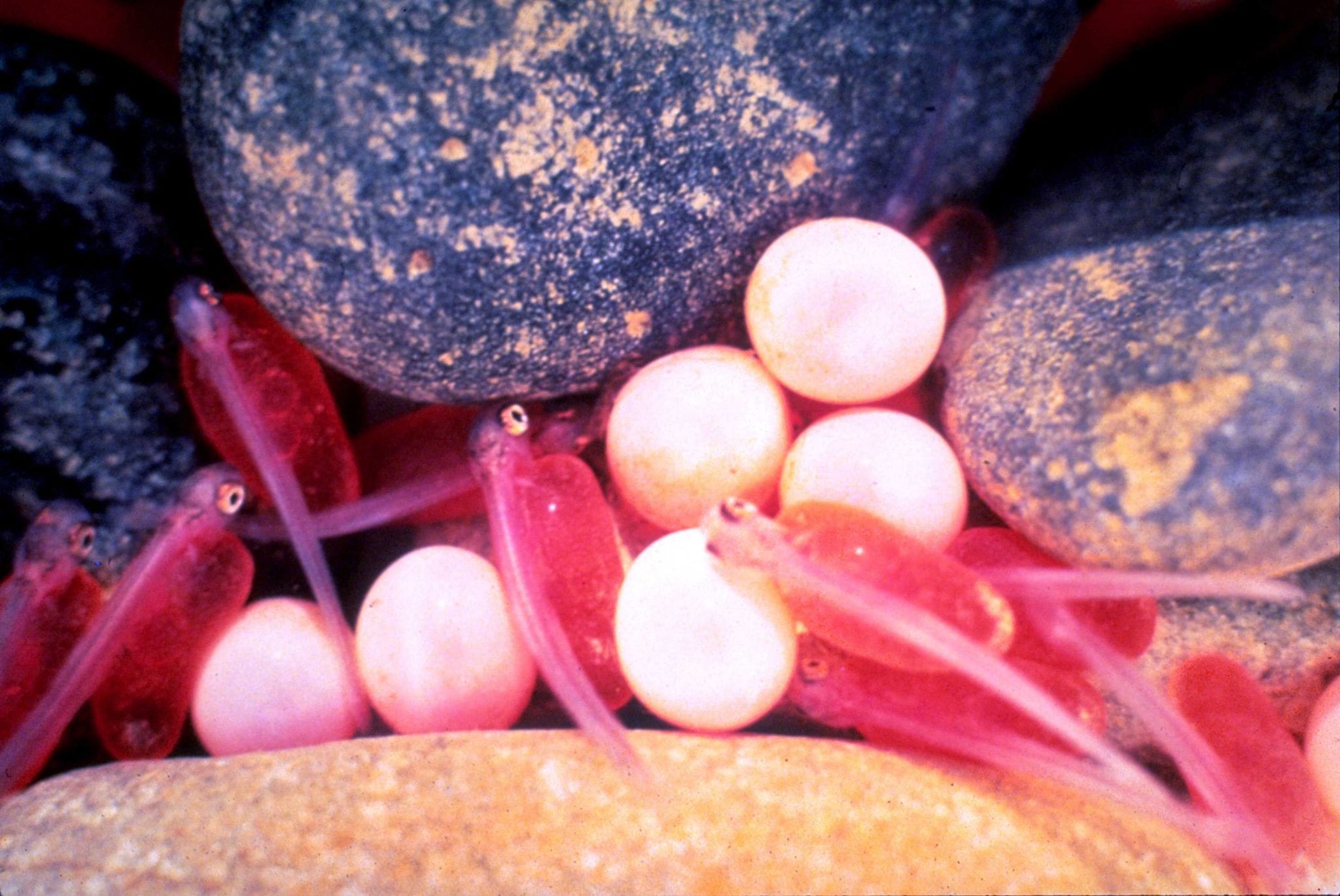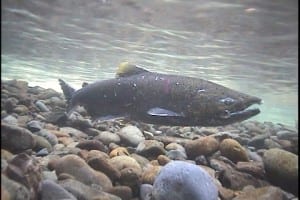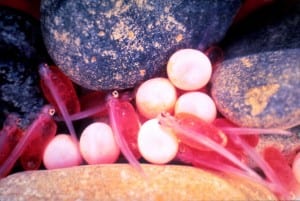
 Seattle City Light Biologists Ed Connor and Dave Pflug co-authored a research paper on Chinook Salmon in the Skagit River that was recently published by the scientific journal Transactions of the American Fisheries Society.
Seattle City Light Biologists Ed Connor and Dave Pflug co-authored a research paper on Chinook Salmon in the Skagit River that was recently published by the scientific journal Transactions of the American Fisheries Society.
“The paper, titled “Abundance, survival, and life history strategies of Juvenile Chinook Salmon in the Skagit River, Washington,” investigated the influence of river flows in the survival of juvenile Chinook salmon. It found that fish management flows from City Light’s Skagit River Hydroelectric Project, particularly reductions in peak flows, have improved juvenile Chinook survival in the river downstream of the project.”
The paper identifies “potential actions for conserving Chinook Salmon Oncorhynchus tshawytscha in the Skagit River.” Seattle City Light contributed to the funding of this research that observed river flows as well as freshwater rearing patterns, spawning and more regarding the six recognized populations of Chinook salmon. The research demonstrated the importance for Chinook salmon survival of managing river flows to avoid peak flow events. Furthermore, Chinook juveniles exhibiting extended freshwater rearing periods would benefit from additional restoration of freshwater rearing habitats.
Another conclusion derived from the research is that Chinook salmon juveniles with extended freshwater requirements could be enhanced with additional increases in the quality and quantity of rearing habitat, especially backwater areas, natural banks and off-channel habitat in the middle and lower portions of the Skagit River.
Seattle City Light is actively engaged in promoting healthy salmon runs on the Skagit River as part of its operations of the Skagit Hydroelectric Project. City Light’s three dams were built above natural barriers to fish passage and the utility operates them to manage river flows to support spawning runs and juvenile fish. Staff biologists monitor river conditions and research opportunities to enhance fish populations on the river.